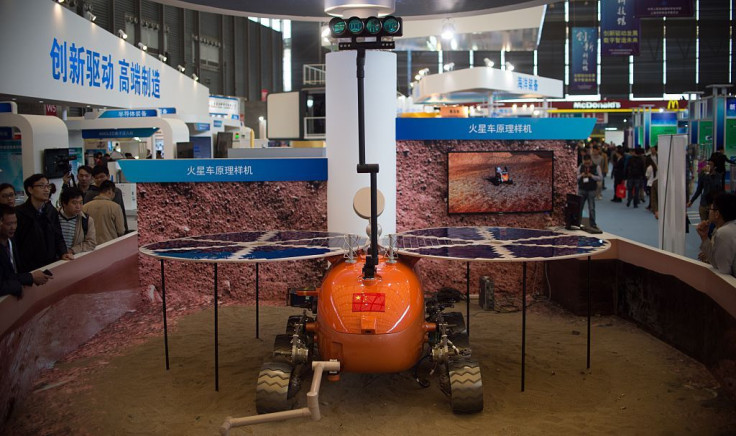SpaceX’s Mars Mission Being Challenged By The Chinese

SpaceX is not the only company that has grand plans to conquer space and bring people to Mars. The Chinese are also preparing to set out their own mission to Mars in the year 2030, and they have started planning on how to survive on the Red Planet.
Chinese astronauts or “taikonauts” will soon start their training on future treks on Mars at a facility in China’s Qinghai province, Asia Times has learned. This region is said to have a terrain that’s very similar to that of the Red Planet. The Mars simulation base is located in Mangya, a sparsely populated area found near the Qinghai-Tibet plateau that has an average elevation of 3,000 meters above sea level.
According to the state-run Xinhua News Agency, the Qinghai region is known for its red granite rock area in the region’s Qaidam Basin. The place is regarded by Chinese scientists for having a surface that’s very similar to that of the Red Planet. It is the most “Martian” site in the country where the temperature tends to fluctuate in extremes depending on the time of the day.
The training facility expands across 53,330 square meters and is estimated to have cost about $22.3 million to build. It can accommodate around 60 taikonauts in its “space camp,” which has space capsules that mimic actual sleeping quarters of China’s future spacecraft.
The training center also has provisions for a “Mars landing” simulator which will help the Chinese in their plans to launch a Mars probe next year.
In contrast, SpaceX plans to set up a Moon base first before proceeding with manned missions to Mars. The U.S. space company aims to send its first cargo mission by 2022 that can help them determine livable requirements such as water resources, identify hazards and put in place the initial setup for life support infrastructure.
Simulating life on Mars is not unheard of. Recently, six Israeli astronauts set out to live for 11 days in a “Mars biodome” located in a desolate area of southern Israel. The location, near the 200-million-year-old Ramon Crater, is said to mimic the challenging terrains of the Red Planet.
© Copyright IBTimes 2025. All rights reserved.





















